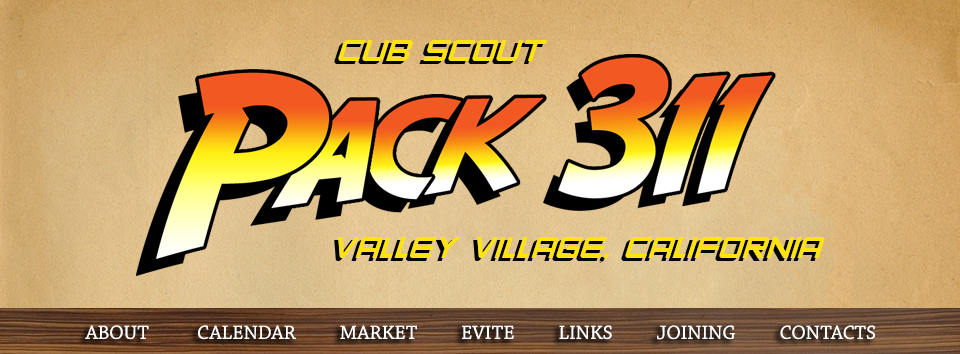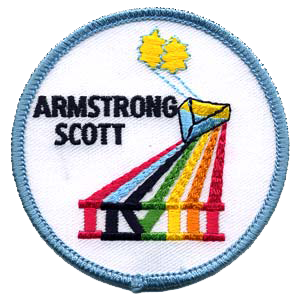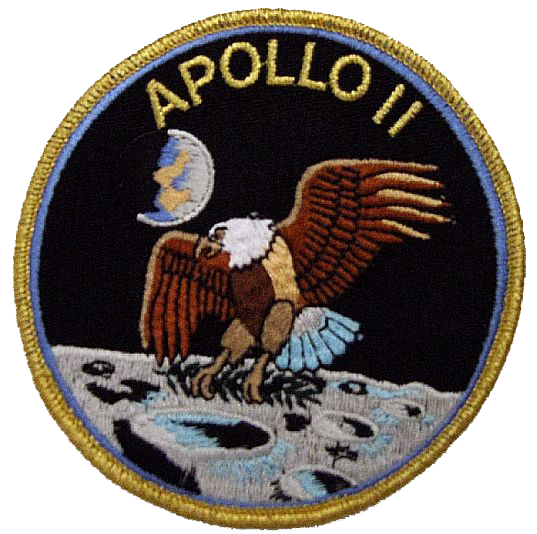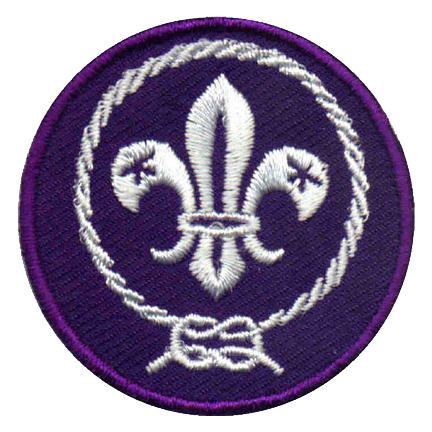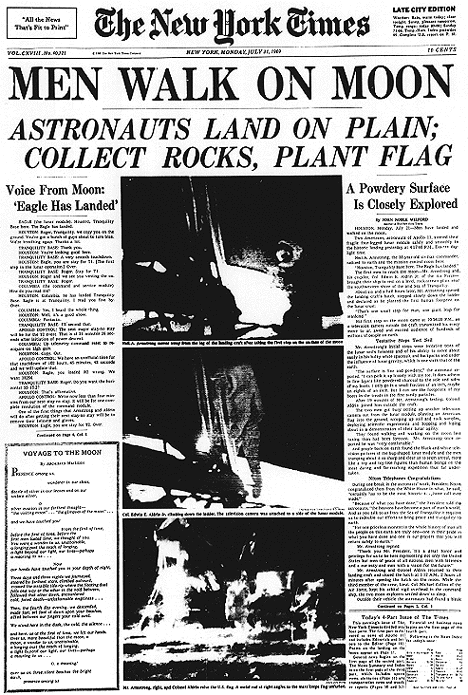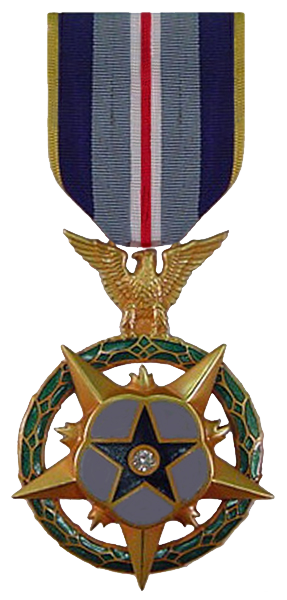
NEIL ARMSTRONG was born on August 5, 1930 in Wapakoneta, Ohio. His love for flying started at a young age when his father took him to an air show. From then on his goal was to become a pilot. At the age of 15, he got his pilot's license -- before he even had a driver’s license.
Armstrong went to Purdue University and earned his bachelor's degree in aerospace engineering. He later got his masters degree at the University of Southern California. During college, Neil was called up by the Navy and became a fighter pilot. He fought in the Korean War where he flew fighters from aircraft carriers. At one point his plane was hit by enemy fire, but he was able to eject and was safely rescued.
After graduating from college, Armstrong became a test pilot. He flew all sorts of experimental planes, testing them out to see how well they flew. It was a dangerous job, but very exciting. He flew over 200 different types of aircraft during his career. Armstrong applied to become an astronaut and in September of 1962 he was selected for the NASA Astronaut Corps. He had to go through a series of harsh physical tests, but he passed and was soon part of the "new nine", or second group of nine NASA astronauts.
Armstrong's first trip into space was aboard the Gemini 8. He was the command pilot of the spaceship and piloted the first successful docking of two vehicles in space. The mission was cut short, however, when the spaceships began to roll. On December 23, 1968, Neil was offered the command of the Apollo 11. This would be the first manned landing on the Moon. This was an exciting time for our country. The United States was in a race with the former Soviet Union to put the first man on the Moon. If the flight was successful, Armstrong would be that man.
After months of practice and preparation, the Apollo 11 spacecraft launched from Kennedy Space Center in Florida on July 16, 1969. As it happened, Armstrong’s flight just happened to coincide with the 7th National Boy Scout Jamboree in Farragut State Park, Idaho, where 35 thousand Scouts and leaders were gathering. While flying towards the Moon, Neil Armstrong sent a special greeting: "I'd like to say hello to all my fellow Scouts and Scouters at Farragut State Park in Idaho having a National Jamboree there this week; and Apollo 11 would like to send them best wishes".
After about three days of coasting to the moon, Armstrong and his fellow astronauts entered lunar orbit and prepared to land. Two of them left the command module and entered the “Eagle” -- which is what they called the landing module (also known as the LEM) -- and separated from the command module. There was a scary moment at the very end of the flight, when Armstrong had to take over manual control of the landing. This was not the plan and, if the landing took too long, it would leave the crew too short on fuel to ever leave the surface -- but Armstrong landed the LEM successfully on the surface of the Moon and announced: "Houston, Tranquility Base here, the Eagle has landed" [CLICK HERE TO VIEW CLIP].
The historic date was July 20, 1969. While astronaut Michael Collins continued orbiting above in the command module, six hundred million people watched on TV as Armstrong, the mission commander, was the first to leave the craft. Stepping off the ladder, he announced: "That's one small step for a man, one giant leap for mankind" [CLICK HERE TO VIEW CLIP].
For about two and a half hours, Neil and the third astronaut, Buzz Aldrin (himself a Second-Class Scout), collected moon rocks and conducted experiments. They also took photographs, including their own footprints. Neil and Buzz were on the Moon for over 21 hours.
Returning on July 24, 1969, the Apollo 11 craft came down in the Pacific Ocean west of Hawaii. The crew and the craft were picked up by the U.S.S. Hornet, and the three astronauts were put into quarantine for three weeks.
Before long, the three Apollo 11 astronauts were given a warm welcome home. Crowds lined the streets of New York City to cheer on the famous heroes who were honored in a ticker-tape parade. Armstrong received numerous awards for his efforts, including the Presidential Medal of Freedom, which is the highest honor a civilian can earn from the US government, and the Congressional Space Medal of Honor. He was also recognized by the Boy Scouts of America with its Distinguished Eagle Scout Award and Silver Buffalo Award.
Amongst the very few personal items that Neil Armstrong carried with him to the Moon and back was a World Scout Badge.
Shortly after his death on August 25, 2012, his family released a statement: "For those who may ask what they can do to honor Neil, we have a simple request. Honor his example of service, accomplishment and modesty, and the next time you walk outside on a clear night and see the moon smiling down at you, think of Neil Armstrong and give him a wink."
OUR LOCATION | CUBCAST | OUR SPONSOR ORGANIZATION | HELP THE PACK GO
